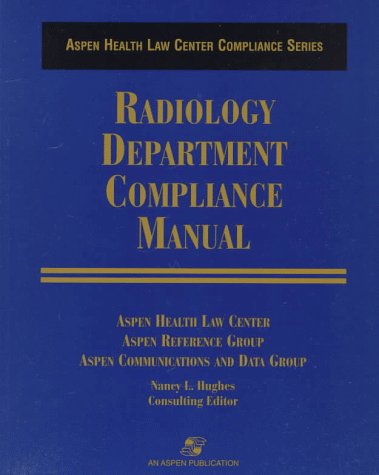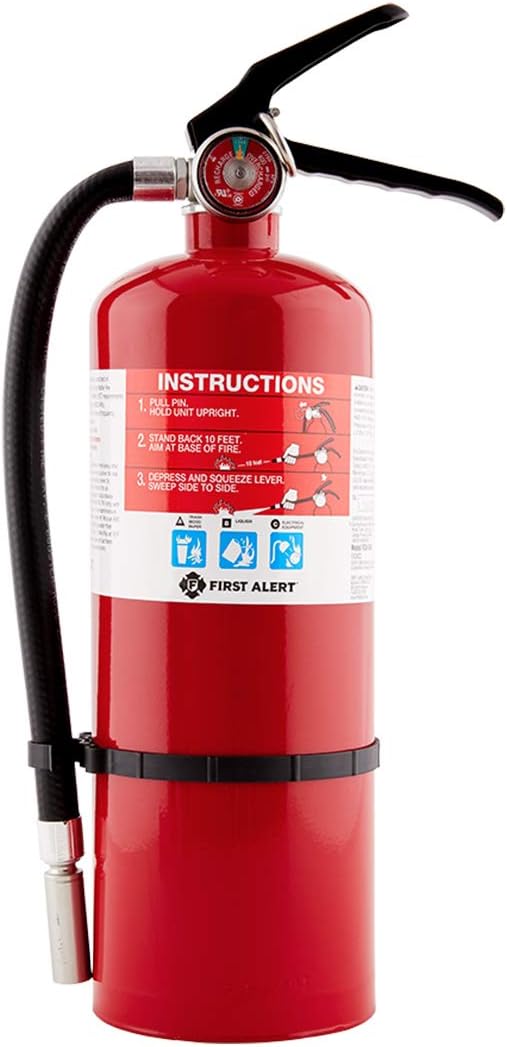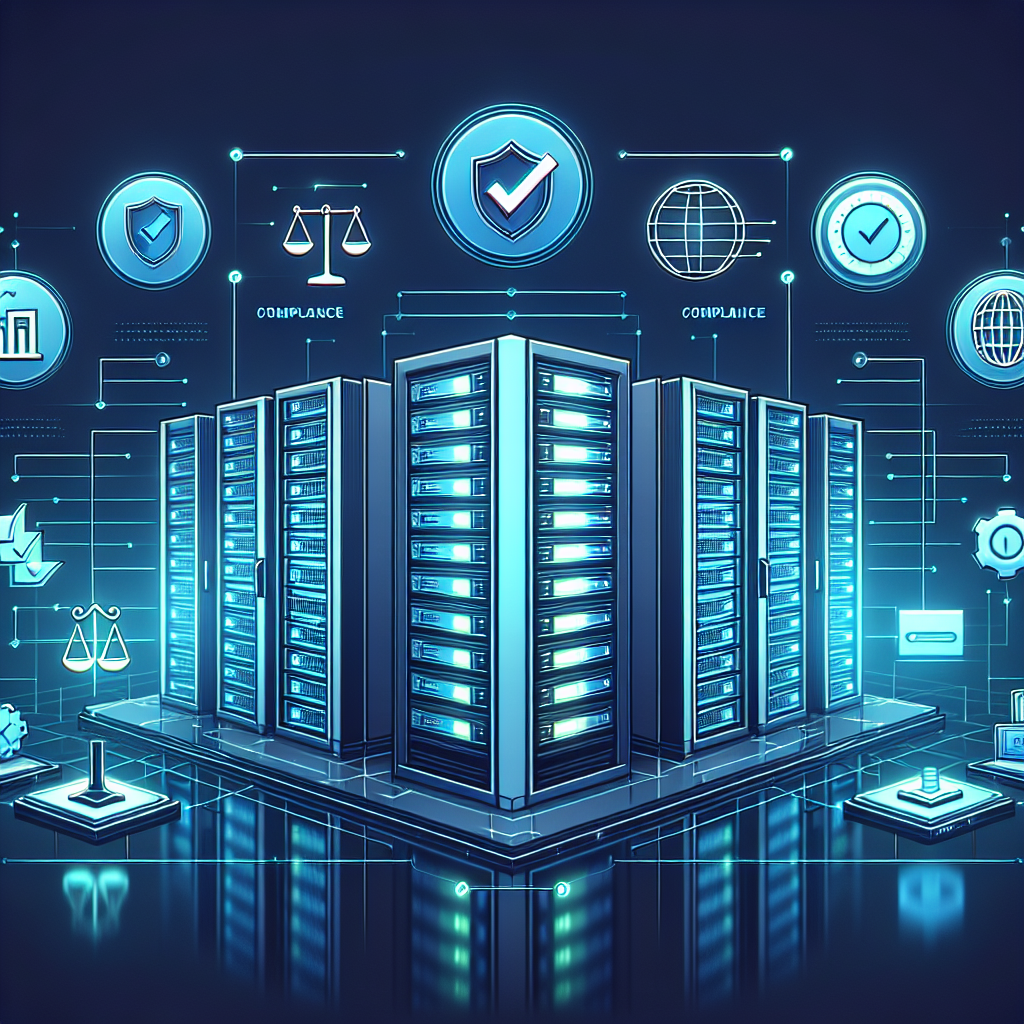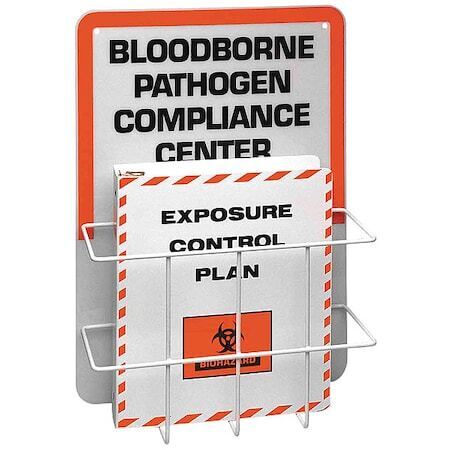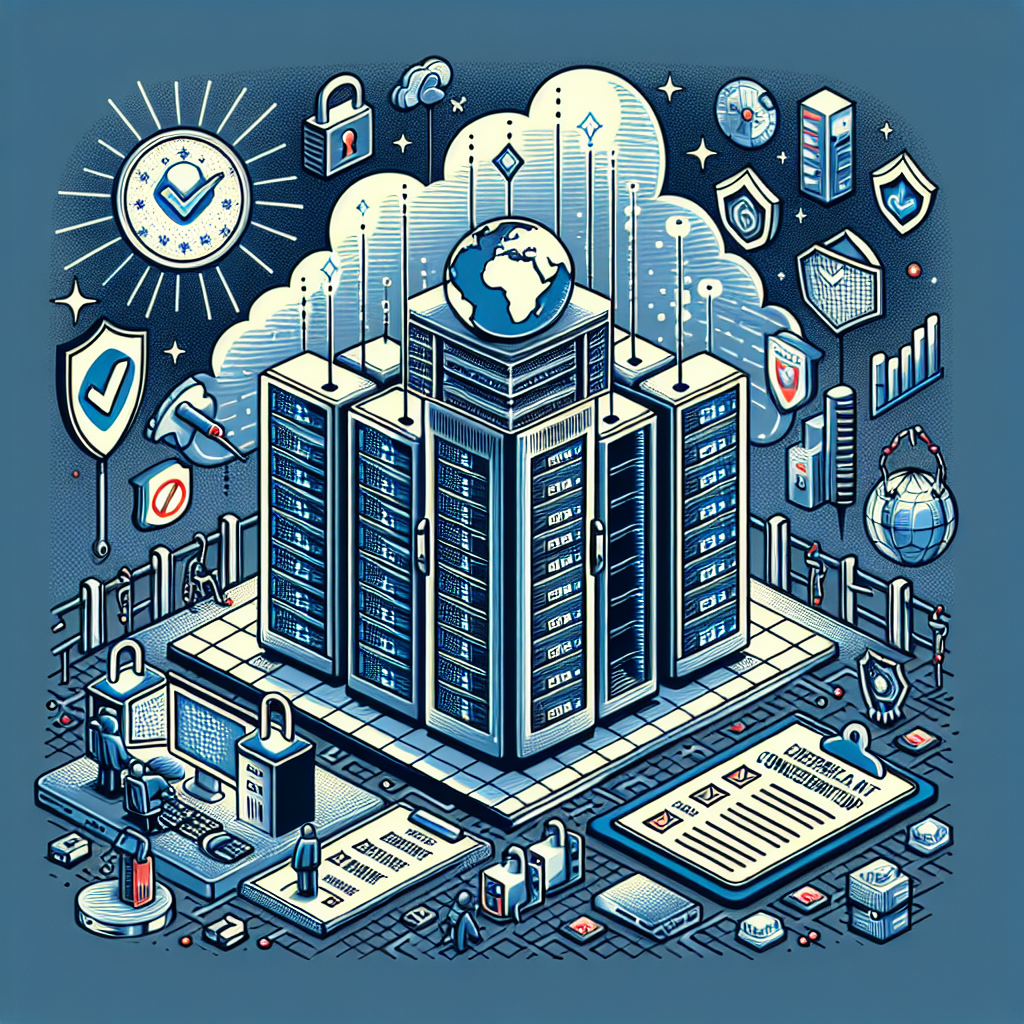Measuring and monitoring data center service level agreement (SLA) compliance is crucial for ensuring that the data center is meeting the expectations and requirements of its customers. SLAs outline the level of service that the data center will provide, including factors such as uptime, performance, and availability. By regularly measuring and monitoring SLA compliance, data center operators can identify areas for improvement and make necessary adjustments to meet their customers’ needs.
One of the key metrics used to measure SLA compliance is uptime. Uptime refers to the amount of time that the data center’s services are available and running smoothly. Data center operators typically aim for high uptime percentages, often targeting 99.9% uptime or higher. By monitoring uptime data, operators can identify any instances of downtime and work to address the underlying causes to minimize future occurrences.
Performance is another important factor in SLA compliance measurement. Performance metrics may include factors such as response times, latency, and throughput. By regularly monitoring performance data, data center operators can identify any areas where performance may be lagging and take steps to optimize performance for better customer satisfaction.
Availability is also a critical aspect of SLA compliance measurement. Availability refers to the ability of the data center’s services to be accessed and used by customers when needed. By monitoring availability metrics, data center operators can ensure that their services are consistently available to customers and take proactive steps to address any issues that may impact availability.
In addition to measuring and monitoring uptime, performance, and availability, data center operators may also track other SLA compliance metrics such as security and compliance. Security metrics may include factors such as the number of security incidents, the effectiveness of security controls, and compliance with industry security standards. By regularly monitoring security metrics, data center operators can ensure that their data center is secure and compliant with regulations.
To effectively measure and monitor SLA compliance, data center operators may use a combination of monitoring tools, performance metrics, and reporting mechanisms. Automated monitoring tools can provide real-time data on key performance indicators, allowing operators to quickly identify any issues and take corrective action. Regular reporting on SLA compliance metrics can also help data center operators track performance over time and identify trends that may require attention.
In conclusion, measuring and monitoring data center SLA compliance is essential for ensuring that the data center is meeting the expectations of its customers. By regularly monitoring uptime, performance, availability, security, and compliance metrics, data center operators can identify areas for improvement and take proactive steps to optimize performance and customer satisfaction. By prioritizing SLA compliance measurement and monitoring, data center operators can ensure that their services are consistently meeting the needs of their customers.


